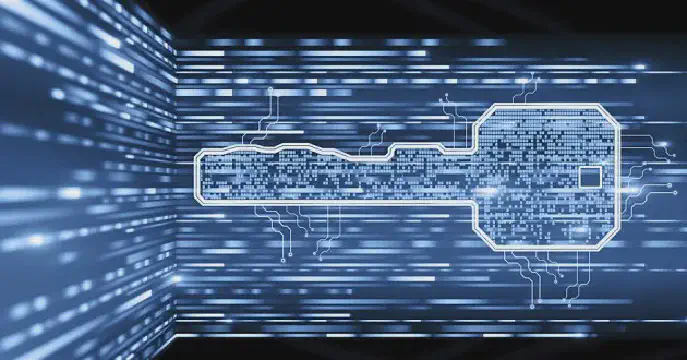Excerpt§
Learn about the key differences and similarities between CRC and checksum in data transmission. Understand the importance of choosing the appropriate error detection method based on specific requirements.
Maintaining data integrity is crucial during digital communication. Two common error detection techniques are Cyclic Redundancy Check (CRC) and checksums. While both help validate data, there are some key differences between CRC and checksum algorithms.
Definition of CRC§
A Cyclic Redundancy Check or CRC is a type of checksum algorithm that detects accidental changes to data during transmission or storage.
Here’s how CRC works:
- The original data is treated as a long binary number.
- The binary data is divided by a predetermined “generator polynomial”.
- The remainder of this division becomes the CRC value.
- The CRC is appended to the original data and transmitted.
- The receiver divides the full data by the same polynomial. If the remainder matches the CRC, the data is intact.
CRCs can detect common errors like bit flips, burst errors, insertion/deletion effectively. The longer the CRC, the more reliable it is. CRC-32 using a 32-bit remainder is commonly used.
Definition of Checksum§
A checksum is a simple error detection value calculated by arithmetic operations on the data bits. Common checksum algorithms include:
- Summing up byte values
- Taking the XOR of all data words
- Computing a modular sum
- Logical AND/OR operations
The checksum is sent along with the data. The receiver recomputes the checksum to verify if it matches. Any change in data also changes the checksum, indicating corruption.
Checksums are easy to implement in hardware and software. But they have higher collision probability than CRCs.
Differences between CRC and Checksum§
Here are some key differences between CRC and checksum:
Error detection capability - CRC can detect more types of errors than basic checksums due to the polynomial division.
Collision resistance - CRC has lower chances of missing errors than checksums. Different errors usually lead to different CRC remainders.
Complexity - CRC calculation is more complex requiring polynomial division. Checksum is simpler using basic arithmetic.
Performance - Checksum is faster to compute in software and hardware compared to CRC.
Customization - CRC allows configuring the generator polynomial based on required error detection capability. Checksums have fixed algorithms.
Similarities between CRC and Checksum§
CRC and checksum also share some common characteristics:
Both append a computed integrity value to the original data before transmission.
They enable detecting accidental data corruption but not malicious tampering.
Fixed length outputs are generated regardless of input data size.
Recomputation on the receiver end validates integrity.
Data remains unchanged - only extra bits are added.
Conclusion§
In summary, CRC provides more robust error checking due to its cyclic algorithm but requires more processing. Checksums offer a simpler integrity validation for less critical data exchange.
Choosing between CRC vs checksum depends on the acceptable failure rate, implementation complexity, and performance needs. Using both together also provides defense-in-depth for mission critical applications like aerospace systems.
Understanding the tradeoffs allows selecting the right algorithm to validate data integrity for specific use cases. Both CRC and checksum continue to be invaluable techniques for ensuring the reliability of digital data transfers across systems.















